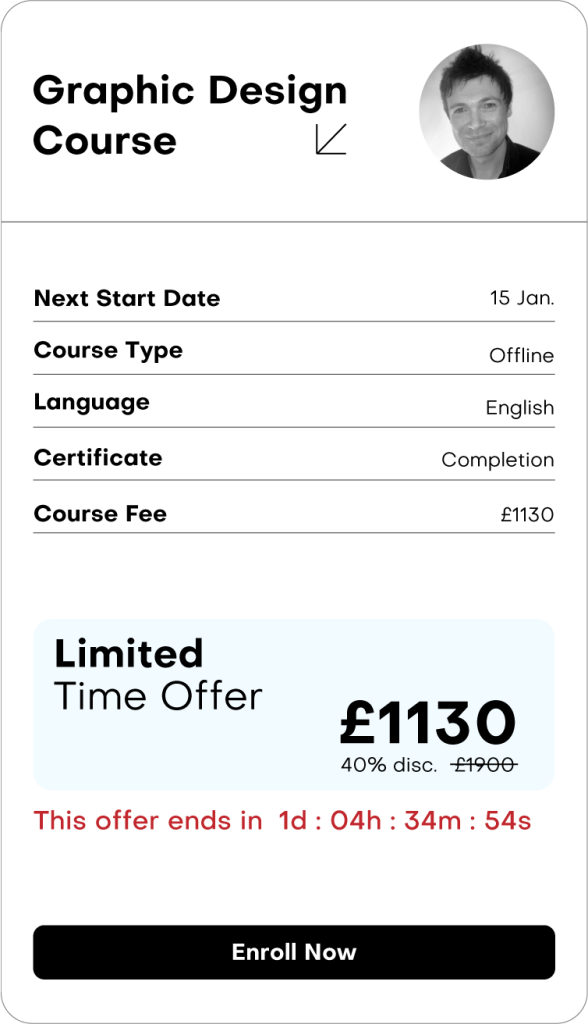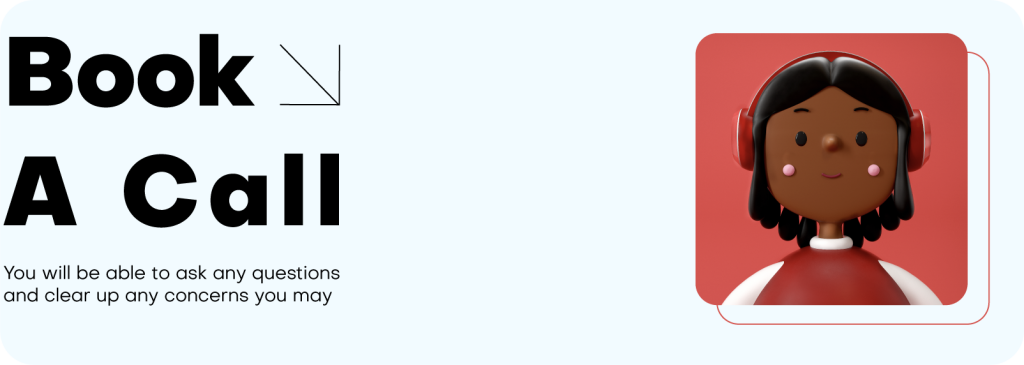- Home
- test3
Graphic Deisgn Course For Beginers

Who Is This Course For
- Outline of the course’s projects and final goals
- Detailed briefing and scope of Project 1
- Snapshot of historical, artistic and technological developments in design & typography.
- Illustrated via inspirational and influential examples.
- Initial research & creative exploration around the brief
- Introduction to using Adobe Indesign – essential tools & processes
- How to come up with creative concepts & ideas
- Ongoing examples of famous, influential and best practice examples of design, to help with inspiration
- Collation of reference materials and creation of mood boards
- Introduction to Typography #1. And how to use it effectively
- Introduction to Adobe Photoshop – layers, type, image & colour controls
- Group discussion of ideas
- ‘Show and tell’ – a short intro session where students are encouraged to bring along an example of a design that they find inspiring
- Typography #2. Technical terminologies and production methods
- Ongoing learning of InDesign and Photoshop
- Refinement & completion of Project 1 designs
- Creation of mock-ups. Group review.
- Briefing of Project 2
- Creative exploration of Project 2 across a wider range of media. Collation of research and imagery.
- Understanding colour. Print & digital, RGB, CMYK and Pantone.
- Ongoing learning of Adobe software
- Understanding key processes for print design – grids, pages, type, image & colour management
- Understanding print specifications – paper types, inks, printing methods, 2d and 3d formats – from posters to packaging, and final artwork production and supply
- In conjunction with ongoing learning of Adobe software
- Illustrated with influential and best practice examples of print design
- Show and tell #2
- What makes ‘a brand’. Positioning, tone of voice and design, features vs benefits, USPs vs. competitors. Illustrated with influential and famous examples.
- How to design branding, logos & identities
- Using Adobe Illustrator to create pixel perfect logos and graphic assets for branding
- Technical specifications for production and export of logos
- Introduction to web design. Illustrated with examples
- Understanding image, colour, and font management for web design
- Designing for responsive WordPress sites. With implications for desktop and mobile formats.
- How to use Adobe XD to create web page wireframes, UI & UX design.
- Designing for animated banners, digital ads and social media. Illustrated with examples.
- Understanding their file types and image resolutions.
- Using Adobe Illustrator and Photoshop to create smaller file sizes
- How to animated graphics in Photoshop for digital display and social media
- Designing for animated banners, digital ads and social media. Illustrated with examples.
- Understanding their file types and image resolutions.
- Using Adobe Illustrator and Photoshop to create smaller file sizes
- How to animated graphics in Photoshop for digital display and social media
- Group review of student designs
- Following review, opportunity to refine designs across additional media formats not previously explored, in preparation for final mock-ups.
- Option: Introduction to Adobe After Effects / Premiere. How to create transitions and effects in motion typography and video
- Option: Creative Presentation Design for Powerpoint and Keynote
- Export of completed design files and creation of mock-ups for e-portfolio
- Final group review
- Introduction to options available for a personal portfolio website. And best practices.
- Introduction to project management for creative projects – from brief to production
- Outline of the course’s projects and final goals
- Detailed briefing and scope of Project 1
- Snapshot of historical, artistic and technological developments in design & typography.
- Illustrated via inspirational and influential examples.
- Initial research & creative exploration around the brief
- Introduction to using Adobe Indesign – essential tools & processes
- How to come up with creative concepts & ideas
- Ongoing examples of famous, influential and best practice examples of design, to help with inspiration
- Collation of reference materials and creation of mood boards
- Introduction to Typography #1. And how to use it effectively
- Introduction to Adobe Photoshop – layers, type, image & colour controls
- Group discussion of ideas
- ‘Show and tell’ – a short intro session where students are encouraged to bring along an example of a design that they find inspiring
- Typography #2. Technical terminologies and production methods
- Ongoing learning of InDesign and Photoshop
- Refinement & completion of Project 1 designs
- Creation of mock-ups. Group review.
- Briefing of Project 2
- Creative exploration of Project 2 across a wider range of media. Collation of research and imagery.
- Understanding colour. Print & digital, RGB, CMYK and Pantone.
- Ongoing learning of Adobe software
- Understanding key processes for print design – grids, pages, type, image & colour management
- Understanding print specifications – paper types, inks, printing methods, 2d and 3d formats – from posters to packaging, and final artwork production and supply
- In conjunction with ongoing learning of Adobe software
- Illustrated with influential and best practice examples of print design
Why Learn With Us
- Two practical projects, executed across print and digital media.
- Creating these projects will be the context for learning the foundations of graphic design, and essential practical skills. Such as: – Ability to work in key Adobe software e.g. Photoshop, Indesign, Illustrator. (Optional – some video / motion knowledge via After Effects / Premiere)
- Answering a creative brief
- How to generate concepts & ideas
- Understanding of a range of print and digital production processes
- Use of typography
- Use of colour, illustration, photography
- A historical, cultural and technological understanding of design & typography’s context in the 21st Century
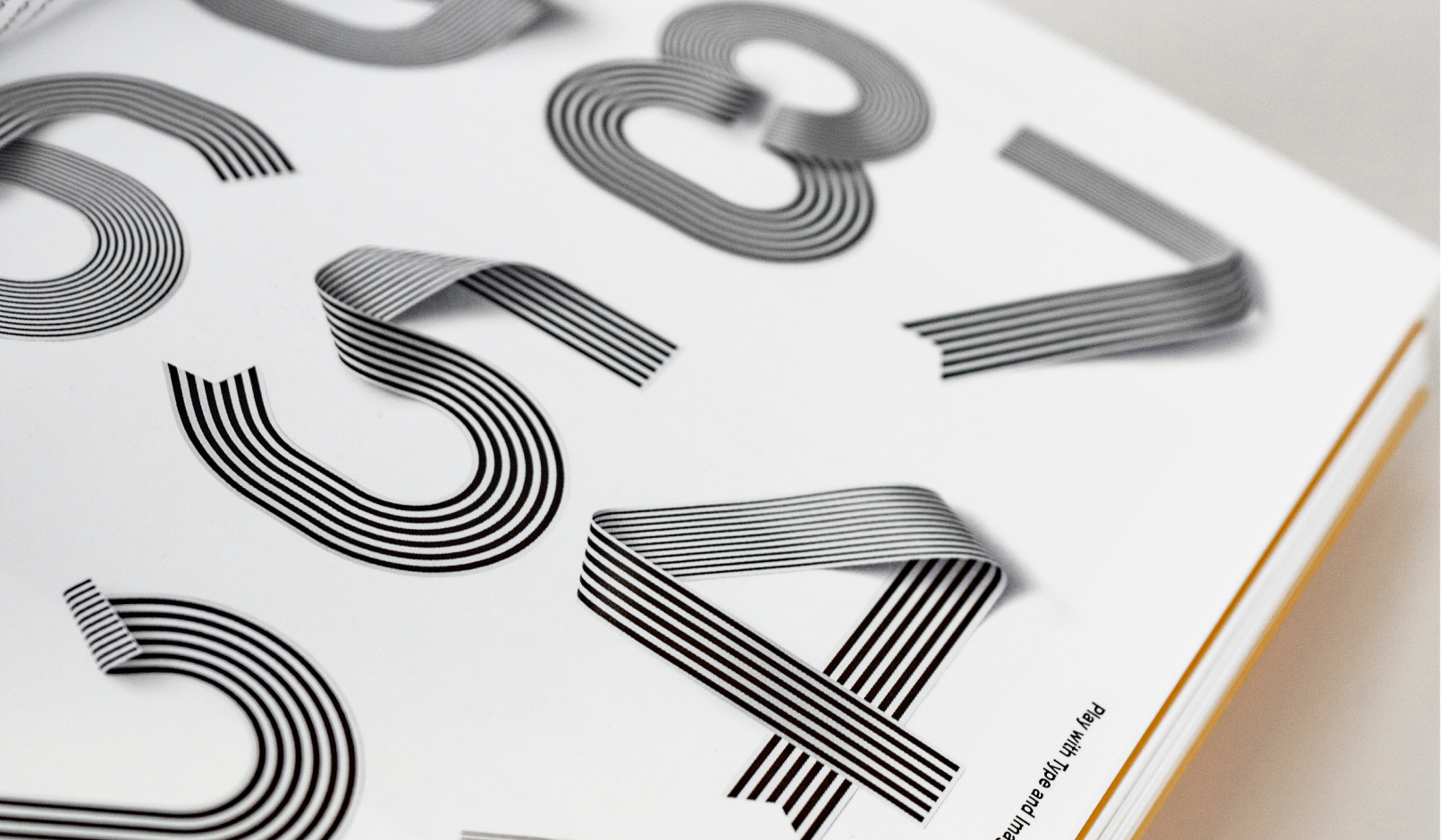
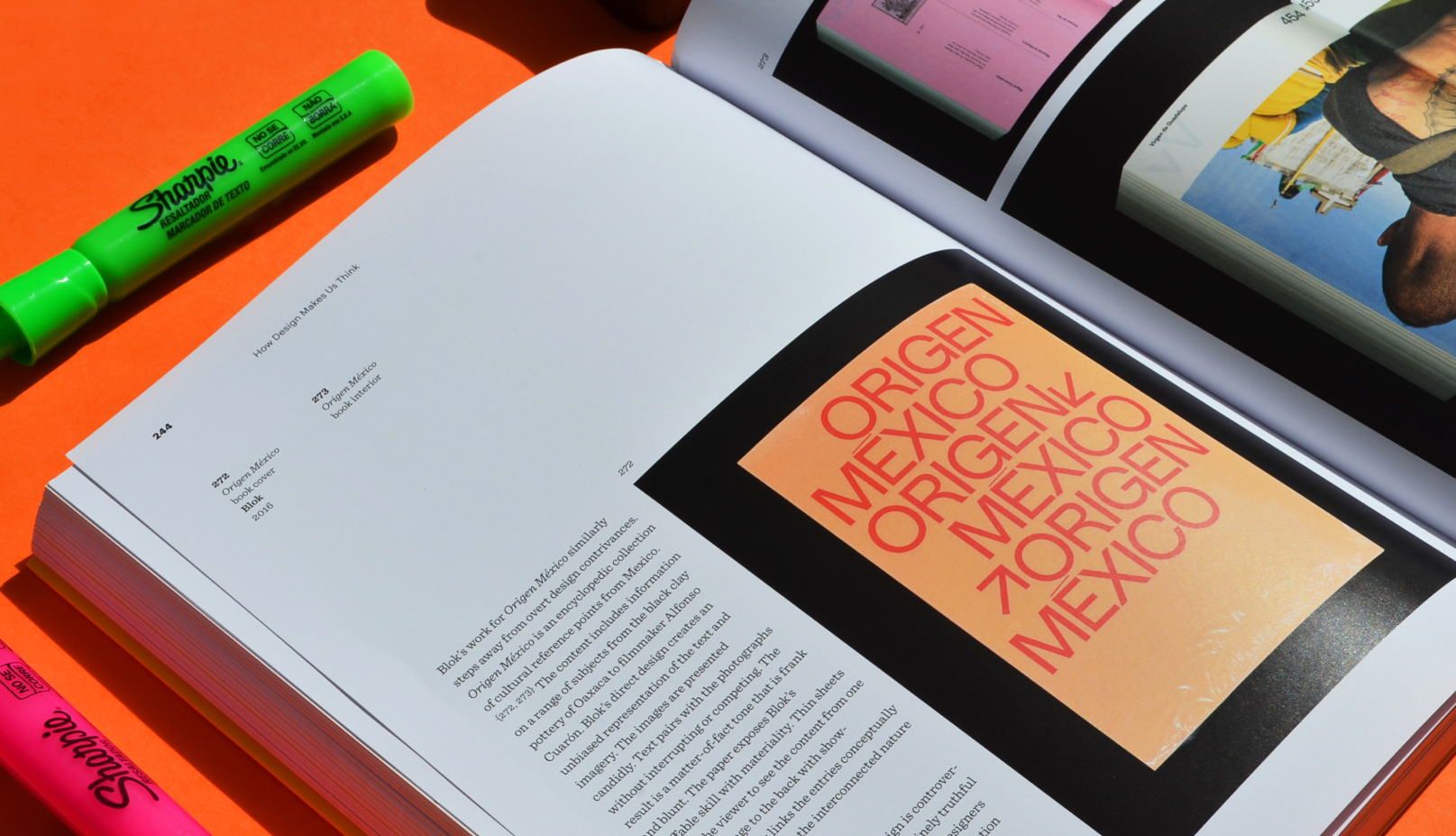
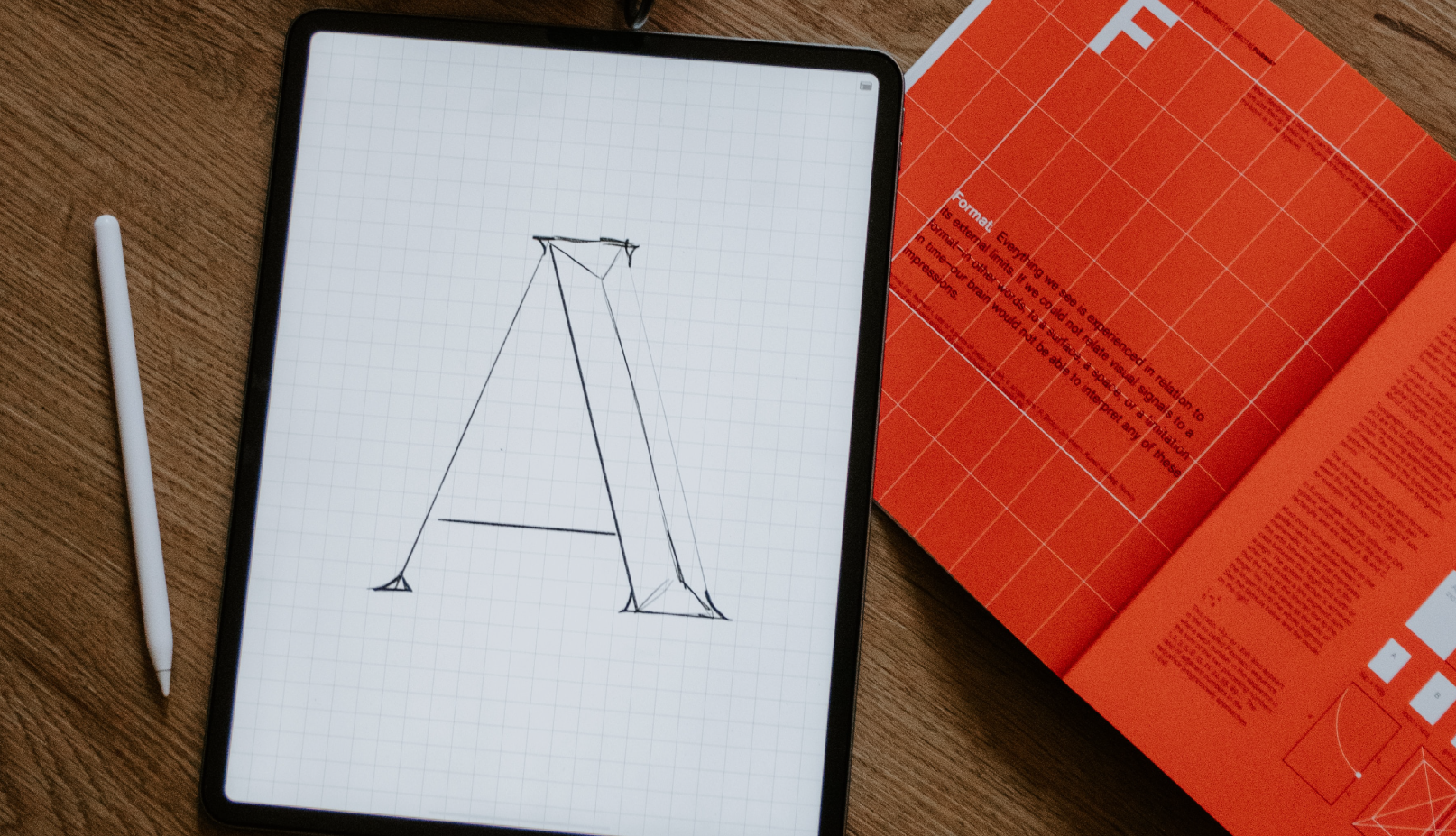
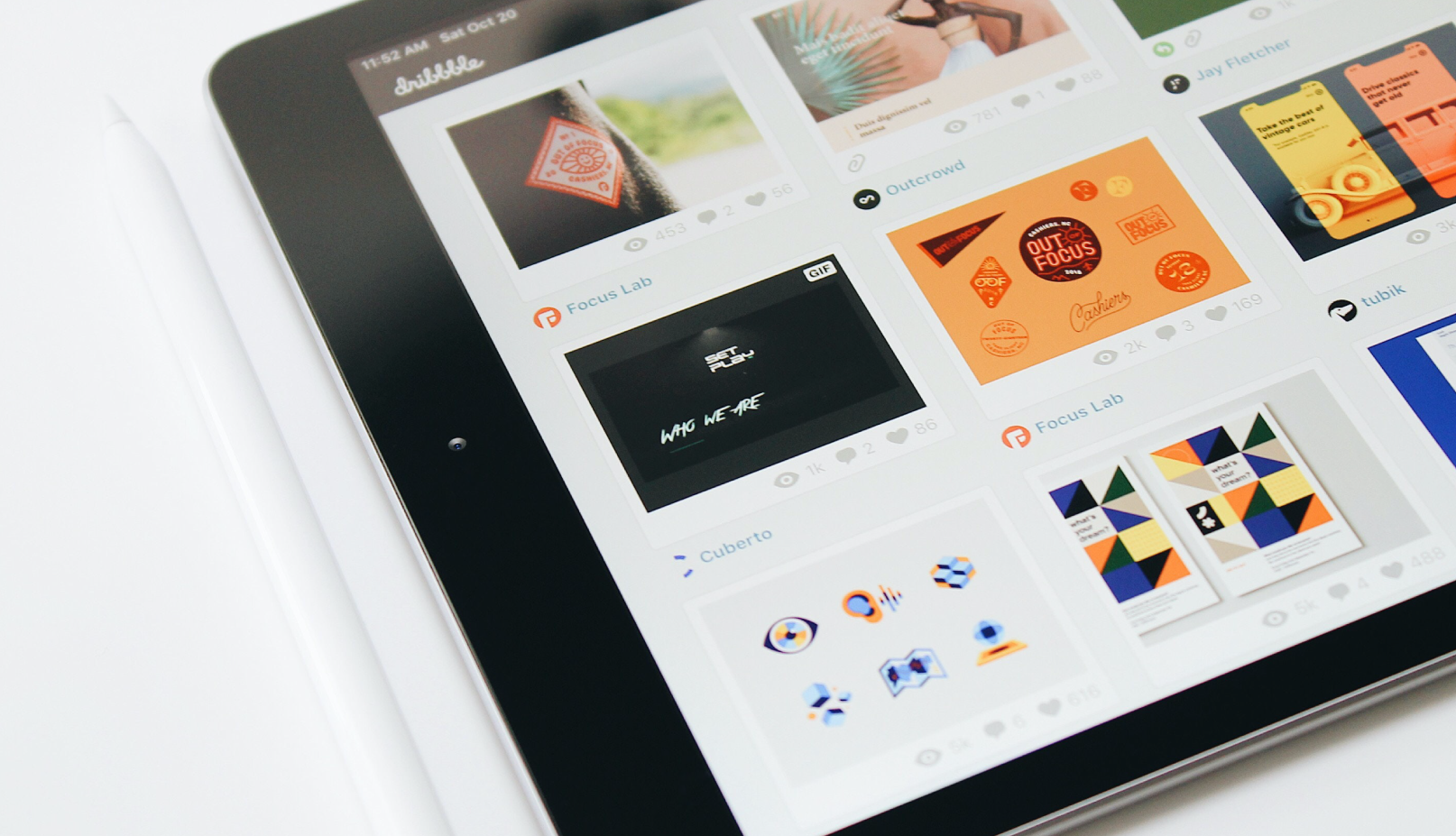

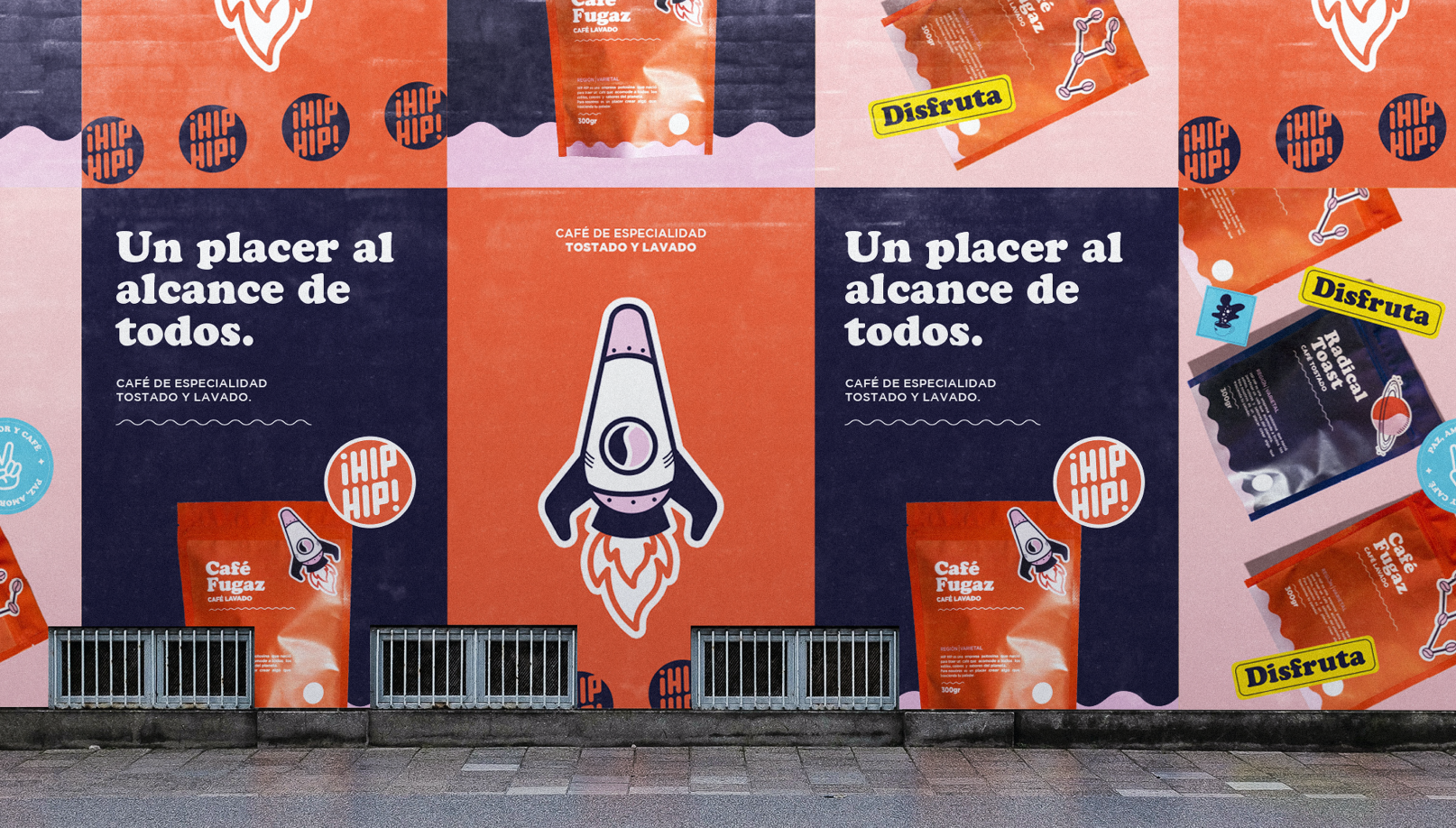
Meet The Mentor
![content [Recovered]_short term course-12 copy content [Recovered]_short term course-12 copy](https://academyofdigitalindustries.co.uk/wp-content/uploads/2022/12/content-Recovered_short-term-course-12-copy-1-410x410.png)
Chris Allen
Designer, Art Director
Chris brings a wealth of current industry experience to the role of graphic design teacher. With many years as a highly accomplished creative professional at top design & ad agencies working across all screen and print media, as well as being co-founder & investor in two start ups – giving him invaluable real world insights. Following his original Graphic Design BA from Norwich, and then MA, from Central St. Martins, Chris went on to work as art director & designer at Saatchi & Saatchi.
Feedback


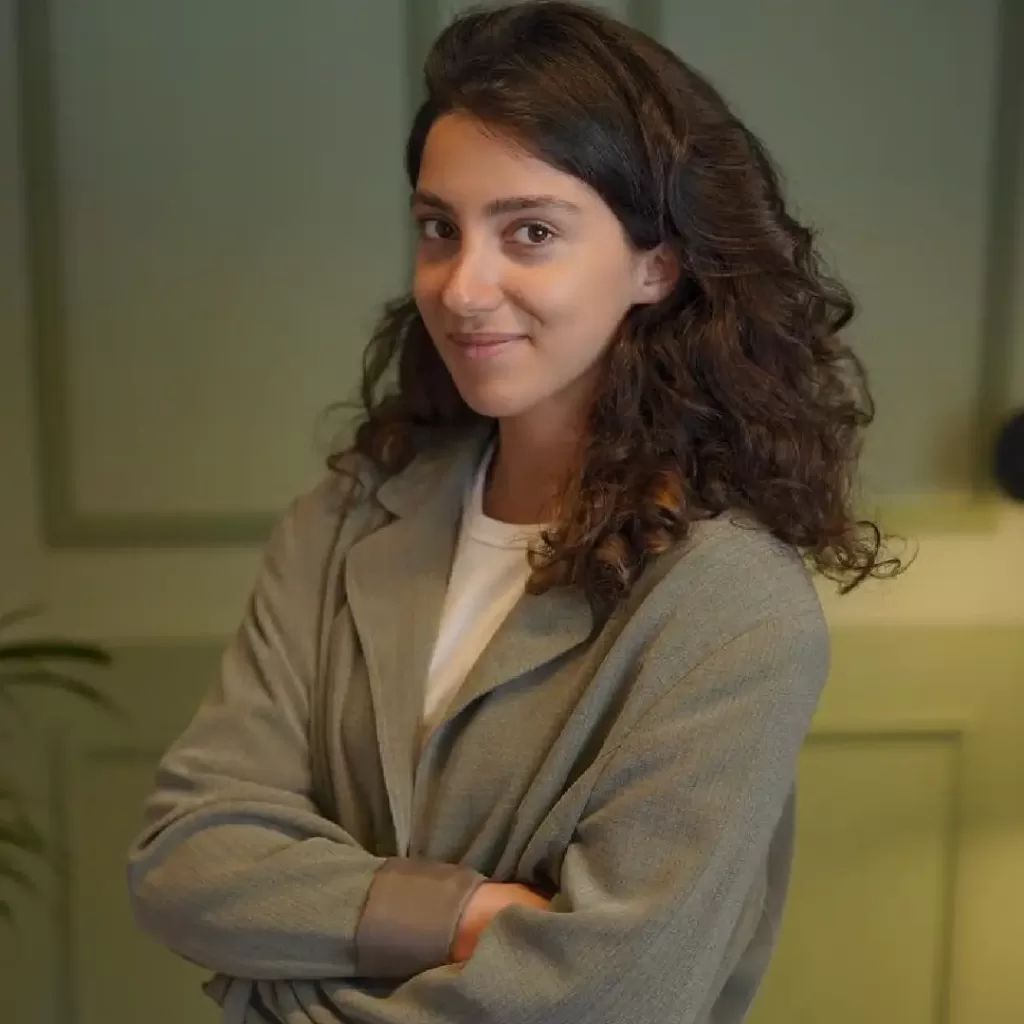






F.A.Qs
No, our Graphic Design courses are open to anyone. No matter your educational background or previous working experience, we remove the barriers so you can learn new tech skills and bootstrap your career.
Two practical projects, executed across print and digital media, foundations of graphic design, answering a creative brief, how to generate concepts & ideas, understanding of a range of print and digital production processes, use of typography, colour, illustration, photography.
Yes, students after successful submission of final projects receive a course completion certificate.
To secure your spot on our course all you need to do is to directly click on enroll now button on our website or contact Academy of Digital Industries and our team will help you in the enrollment process.
At a middle level, you can expect to earn £25,000 to £38,000. Salaries for senior graphic designers or creative leads range from £35,000 to £55,000. A creative director can make £60,000+. As a freelancer, you can earn between £200 and £400 a day with experience.
Book an introductory call with our team.
